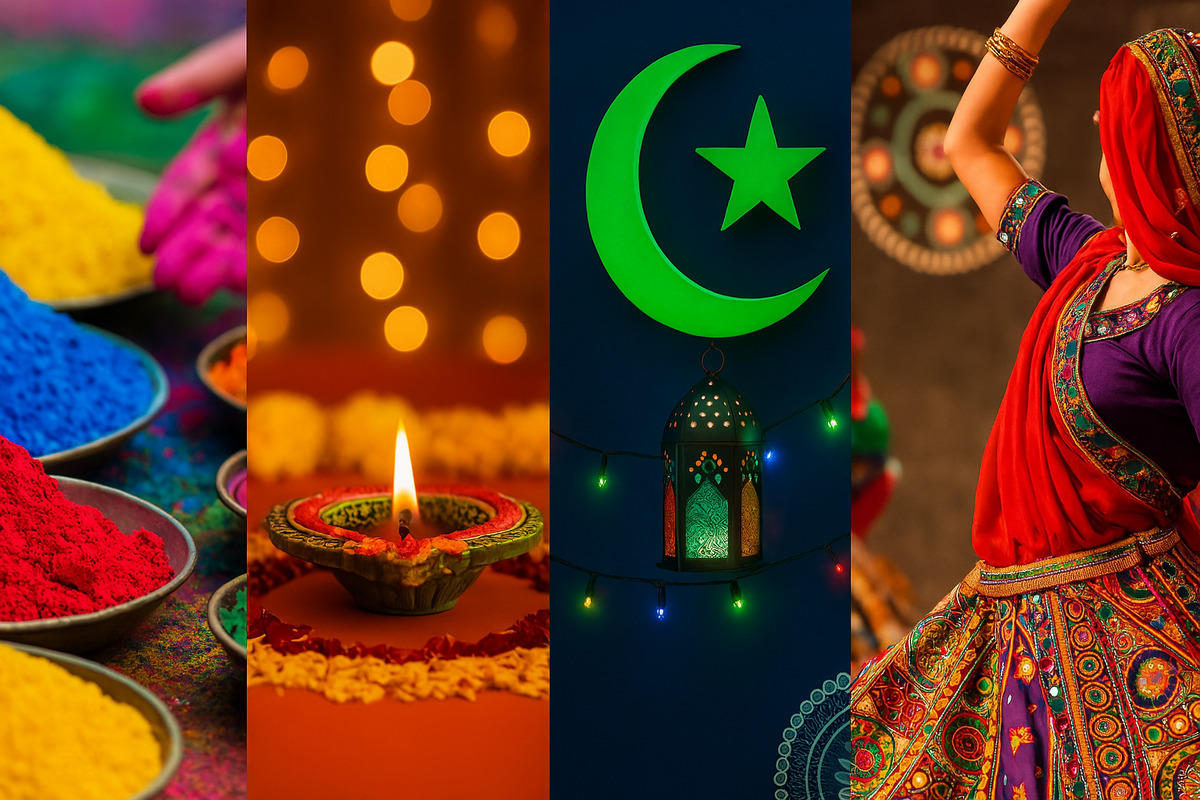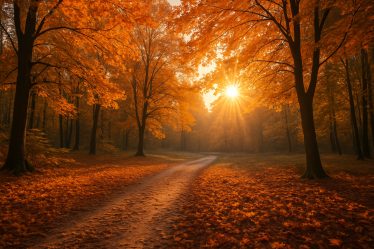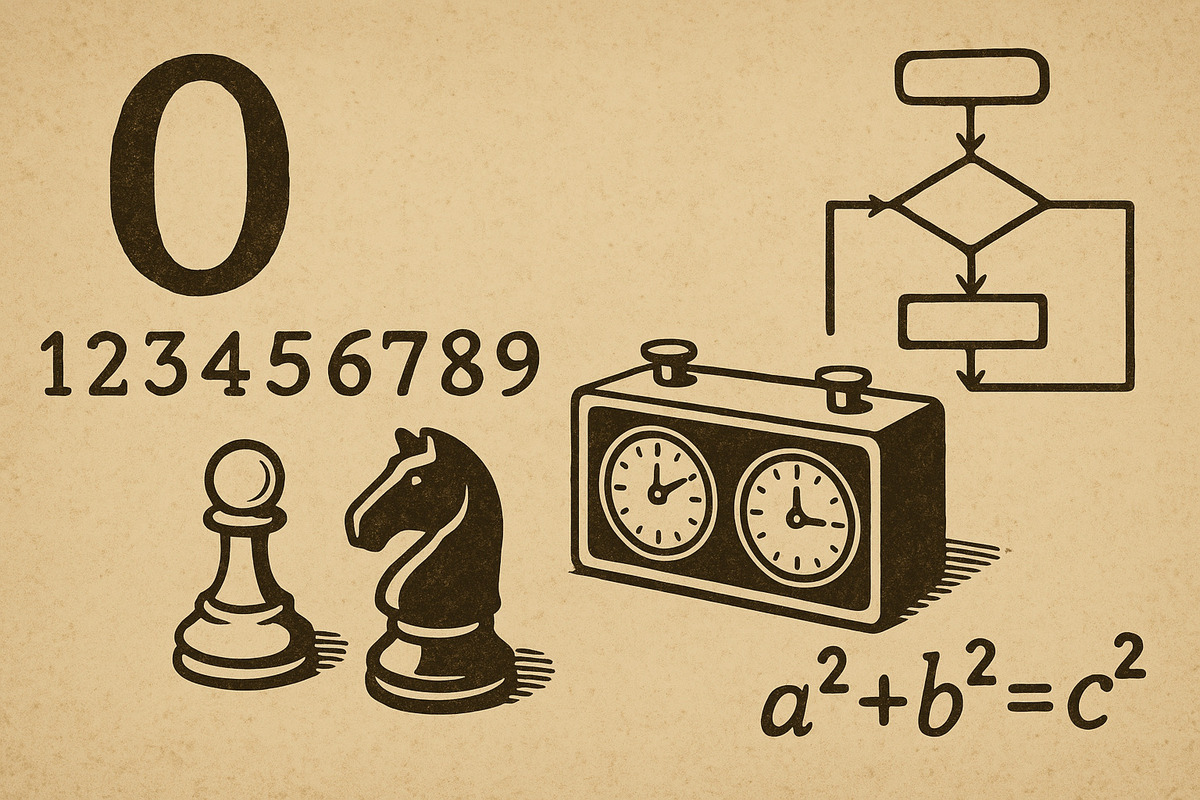
The rich spectrum of hues in Indian festivals tells a story of heritage, spirit, and unity. Festivals in India are a showcase of artistic brilliance and heartfelt tradition, where each color plays a significant role in expressing emotions and cultural narratives. Indian festivals are not only a visual treat but also a time to honor customs that have been passed down through generations.
Indian festivals serve as a canvas where every shade is interwoven with myth, history, and community values. The striking contrast of bright colors against the backdrop of ancient traditions creates an atmosphere filled with joy and togetherness. The celebration of colors is deeply linked to the cycles of the seasons, local legends, and the abundant spirit of life.
A Tapestry of Traditions and Colors
Throughout the year, communities across India transform their streets, homes, and public spaces into a burst of vibrant energy. Each festival is marked by its distinctive palette:
- Holi: Known as the festival of colors, it is characterized by an explosion of powders in red, green, blue, yellow, and more. Participants throw colored powders in the air and on each other, symbolizing the breaking down of social barriers.
- Diwali: The festival of lights dazzles with luminous displays. Warm hues of gold and orange dominate, illuminating homes with intricate designs and lanterns that reflect the glow of ancient rituals.
- Eid: A time of gratitude and togetherness, where subtle shades mix with striking accents to create decorations that are both elegant and festive.
- Navratri: Celebrated with rhythmic dances and traditional music, the festival features a dynamic range of colors that reflect both devotion and festive spirit.
These celebrations reflect a society that honors its past while celebrating the present with unmatched creativity. The artistry involved in these festivities is apparent in every detail, from the hand-painted rangoli designs to the vibrant textiles worn during these special days.
Visual Narratives Through Festive Hues
Indian festivals often feature performances, rituals, and art that express the symbolic meaning behind each color. For instance, the red seen during wedding ceremonies and many festivals is a symbol of prosperity and vitality, while green represents growth and harmony. These colors are not merely decorative; they convey messages that resonate with personal stories and collective memories.
A careful observation of the festival scenes reveals how art and ritual are intertwined. Traditional dances, music, and culinary delights add further layers to this visual celebration. Every performance and every dish is a tribute to the local customs that have been nurtured over centuries.
Cultural Significance and Community Spirit
Indian festivals are a testimony to the nation’s commitment to maintaining a rich cultural heritage. They serve as a reminder that colors have the power to break boundaries and unite people. The display of hues during these events provides a sense of belonging and togetherness. Community gatherings during these times foster relationships and create memories that last a lifetime.
Some key elements that highlight the cultural impact include:
- Traditional Attire: Bright, patterned garments make their appearance during these events. They reflect regional identities and personal pride.
- Local Cuisine: Special foods are prepared during festivals, each dish presented with artistic flair. The way spices and ingredients are combined results in not only delightful tastes but also visually appealing dishes.
- Artistic Decorations: Homes and public spaces are decorated with intricate designs and floral arrangements that embody the spirit of the festival.
At one point, enthusiasts can find vibrant festival-themed wallpapers (Diwali lights, Holi colors, Eid decorations, etc.) available as free downloads, with a selection of free wallpapers offered for those seeking to bring a touch of festivity into their daily environment.
The Enduring Allure of Festival Colors
The impact of festival colors goes beyond the immediate visual appeal. They are integral in preserving the traditions and emotions tied to these events. Each festival acts as a chapter in a long-standing cultural narrative, where every hue adds depth and emotion to the story.
Artisans and local communities invest their creativity and heart into producing decorations, clothing, and artworks that embody the festive spirit. These vibrant manifestations of culture not only uplift the mood during the celebrations but also serve as an invitation for younger generations to understand and participate in cultural heritage.
In every corner of India, the festivals radiate an energy that is both timeless and dynamic. The visual spectacle that accompanies these events is a powerful reminder of the diversity and unity that defines the country. As families gather and friends join in the festivities, the colorful displays become a shared language—a way of communicating love, joy, and respect for tradition.
This visual celebration of Indian festivals is a journey into the heart of cultural expression. It honors the timeless practices of the past while inspiring new expressions of art and community spirit, making every festival an opportunity for a memorable and enriching experience.


